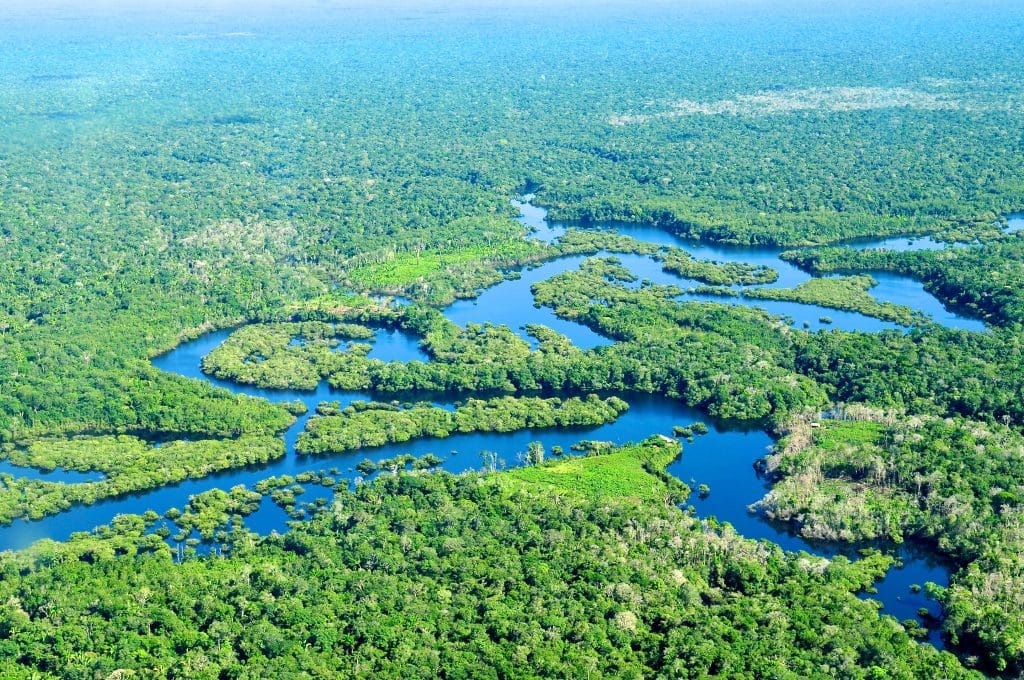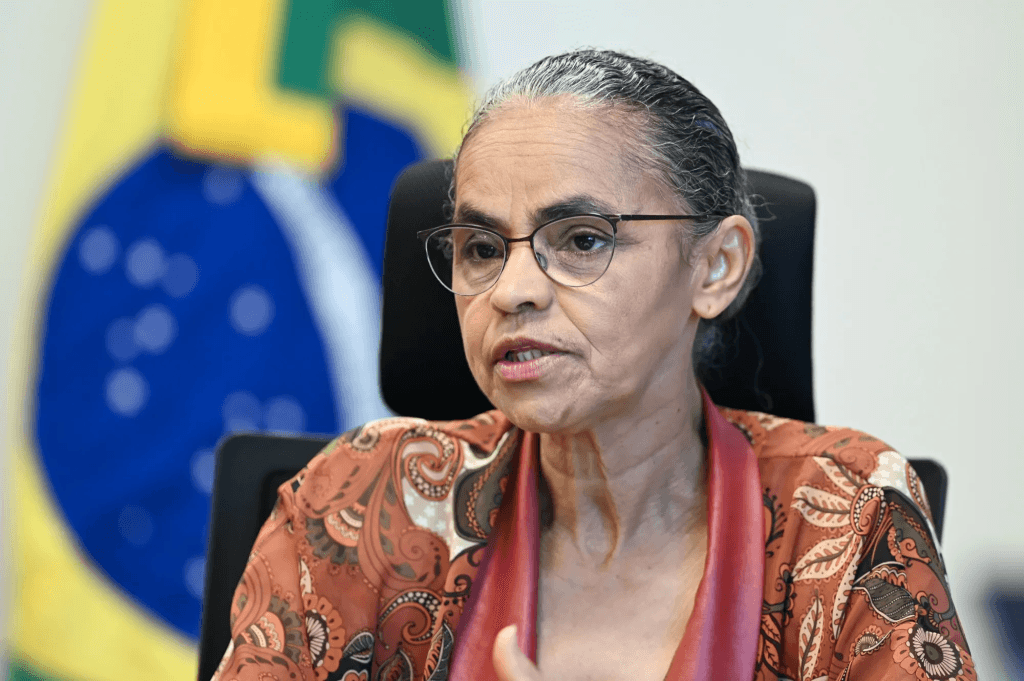Brazil Cuts Amazon Deforestation to 11-Year Low Ahead of COP30

• Amazon deforestation down 11% year-on-year, lowest since 2014, with 5,796 km² cleared.
• Lula administration touts a 50% drop in forest loss since taking office in 2023.
• Decline positions Brazil to present progress at COP30 but contrasts remain over new oil exploration plans.
Brazil’s Climate Credibility Rises as Forest Loss Falls
Deforestation in Brazil’s Amazon rainforest fell to an 11-year low in the 12 months through July, government data showed Thursday, strengthening President Luiz Inácio Lula da Silva’s push to restore Brazil’s environmental credibility ahead of next year’s UN climate summit, COP30.
Data from the National Institute for Space Research (INPE) showed 5,796 square kilometers of forest cleared between August 2023 and July 2024—an 11% drop compared with the previous year and the smallest total since 2014. The figures cap a year of intensified law enforcement and monitoring under Lula’s administration, which has pledged to end all deforestation by 2030.
“Even in my best-laid plans I would never have imagined we would reach this point with a 50% reduction in deforestation,” said Environment Minister Marina Silva, crediting strengthened satellite surveillance and inter-agency coordination.

Enforcement and Policy Alignment
Lula’s return to power in 2023 reversed a four-year surge in deforestation under his predecessor, when environmental protections were weakened, and illegal mining and ranching expanded. Since then, the government has restored funding for environmental agencies, reinstated fines for illegal clearing, and reopened command centers targeting deforestation hotspots.
The results position Brazil as a leading case study for combining enforcement with political will. The environment ministry’s strategy integrates federal police operations with financial intelligence—tracking supply-chain violations through banking and land registries.
Deforestation in the Cerrado, Brazil’s vast tropical savanna and key agricultural frontier, also fell 11.49% to 7,235 square kilometers, the lowest in six years. The decline marks a second consecutive year of reduction following four years of steady growth, reflecting a shift toward more regulated agribusiness expansion.
RELATED ARTICLE: UN Climate Chief Calls for Acceleration Ahead of COP30
Global Stakes Ahead of COP30
With COP30 set to be hosted in Belém, a gateway to the Amazon, Brazil aims to arrive at the summit as a credible climate leader. Lula has positioned forest protection at the core of his foreign policy, using it to re-engage international partners and attract climate finance.
The country’s progress could strengthen calls for increased payments under the Amazon Fund, a mechanism backed by Norway and Germany to reward deforestation reductions. It may also enhance Brazil’s role in shaping global carbon-market governance, where forest credits remain politically sensitive but economically pivotal for climate financing in the Global South.
Yet the administration faces tensions between environmental goals and economic interests. Environmental groups have criticized its support for Petrobras’s plans to explore oil drilling near the mouth of the Amazon River, arguing that it undermines the credibility of Brazil’s climate agenda. Officials counter that the projects will adhere to strict environmental licensing and that oil revenues will fund the transition to clean energy.
Investor and Policy Implications
For investors and policymakers, Brazil’s deforestation data arrives as a barometer of transition risk management in emerging markets. Lower deforestation rates reduce reputational and regulatory risks for companies sourcing commodities from Brazil and strengthen the case for sustainable investment frameworks aligned with EU and U.S. import regulations targeting deforestation-free supply chains.
The results also reinforce Brazil’s leverage in negotiating climate-linked debt instruments, including sustainability-linked bonds and green sovereign issuances, where performance metrics tied to forest preservation can influence borrowing costs.
As COP30 approaches, the challenge for Lula’s government will be sustaining deforestation reductions while managing pressures from agriculture, energy, and infrastructure sectors. Success could cement Brazil’s role as both a biodiversity powerhouse and a test case for balancing climate ambition with development needs—a model closely watched by policymakers from Indonesia to the Congo Basin.
Follow ESG News on LinkedIn












